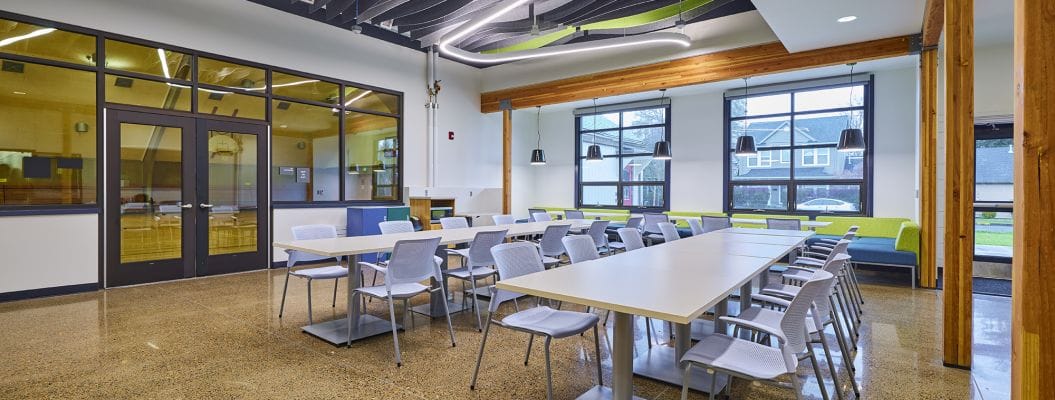Important News
Corvallis School District closed for summer break
Facilities

We provide well maintained schools and a safe environment that enhances our student’s educational experience. Our departmental areas of responsibility include building and grounds maintenance, custodial operations, management of community use requests, and long range planning and facilities management.
Healthy and Safe Schools
The four areas covered by the Healthy and Safe Schools Plan include: radon, lead in drinking water, lead paint and integrated pest management. Additionally, we follow air quality safety protocols related to asbestos and vehicle idling near school buildings.
The 2015 Oregon Legislature passed House Bill (HB) 2931 to assess elevated radon levels in Oregon schools. HB 2931 later became Oregon Revised Statute (ORS) 332.166-167. Under the statute, school districts must have a plan for testing each school site and submitting to the Oregon Health Authority.
The State Board of Education adopted new rules related to testing for lead in schools in 2016. School districts and public charter schools are now required to report to the public findings of lead testing and testing for other environmental health factors within five days of receiving the results, as well as how they will support ongoing monitoring.
If any elevated lead levels are found, we take steps to address the cause and provide a safe environment for students and staff. We will immediately:
- Stop the water from being consumed and provide safe drinking water.
- Identify and eliminate the source of lead.
- Re-test water to make sure it is safe for students and staff.
- Notify parents, students, and staff of the results and actions taken.
The district’s plan includes regular monitoring and inspections to detect pests, pest damage and unsanctioned pesticide usage. We also educate staff about sanitation, monitoring and inspection and about pest control measures utilized in the district.
Facilities Requests
All work orders and room scheduling are managed through an online process. Contact your campus steward if you need assistance.
Sustainability
The Corvallis School District Board, staff and students have been working diligently for several years to increase sustainability in our schools and buildings. With the support of our community, we strive to integrate sustainability into our built environment, our practices, and the internalized core values of our students and families.
Additional Information
Our district includes thirteen school locations, the district administration building, and the Western View Center meeting space. While the average age of our buildings is 50+ years, a 2013 facility assessment report noted that they have been well cared for and exhibit a high level of maintenance.
Subject to Oregon Revised Statutes Chapters 279A, 279B and 279C and the District’s Public Contracting Rules, all public contracts shall be based upon competitive quotes, bids or request for proposal, except where specifically exempt. Upon award of contract, all workers are required to pass a background check prior to having unsupervised access to school campuses.